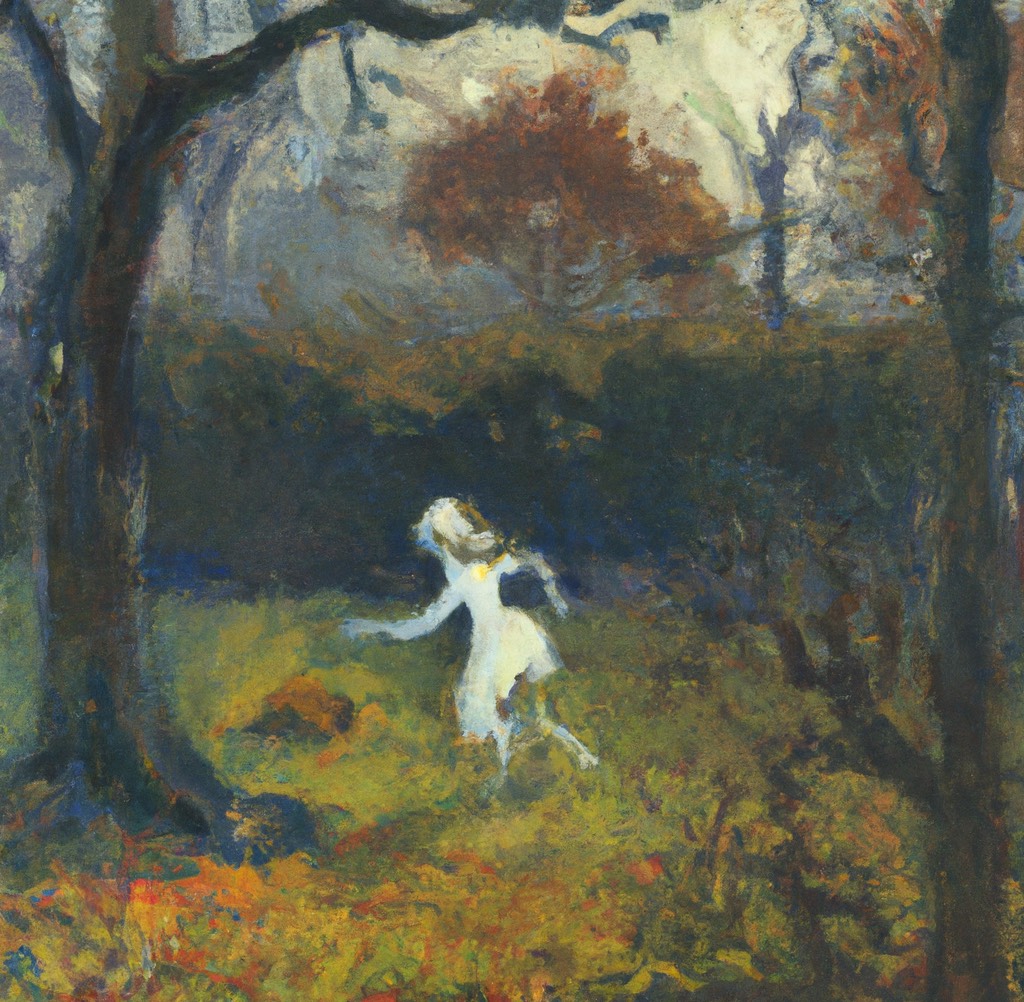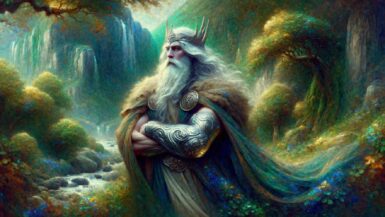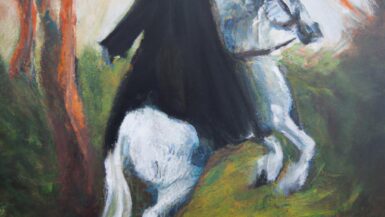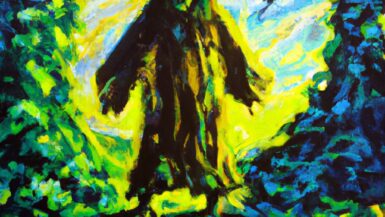The Banshee, or ‘Bean Sidhe’ in Gaelic, is one of the most fascinating and enduring figures in Irish folklore. This supernatural entity, known for her piercing wails and keenings, is believed to signal an imminent death in traditional Irish families. More than a mere ghost story, the banshee is deeply connected to Irish culture and history, symbolizing the ties that bind families together, even in death.
Origins of the Banshee
The name ‘banshee’ comes from the Gaelic words ‘bean’ (woman) and ‘sidhe’ (fairy or spirit). Thus, the term ‘banshee’ can be translated as ‘woman of the fairy mound’ or ‘fairy woman.’ The banshee is often depicted as a wailing woman or a spirit who forewarns of death. She is generally associated with the Gaelic tradition, but her legend has permeated numerous cultures, resulting in a rich tapestry of tales and interpretations.
Irish lore holds that each old family has its own banshee, who watches over the members and forewarns them of impending death. This association with specific families is unique among supernatural creatures in folklore. Unlike arbitrary or malignant spirits, the banshee serves as a specific family’s spiritual messenger.
Descriptions and Depictions
Descriptions of the banshee’s physical appearance vary widely. In some tales, she is an old hag with dreadful features – unkempt hair, glowing red eyes, and rotten teeth. In other versions, she is a strikingly beautiful woman with long flowing hair, often seen combing it with a silver comb, a common symbol in fairy lore. Some stories even portray her as a washerwoman, seen washing bloody clothes at a riverbank, symbolizing the imminent death of a warrior.
Regardless of her appearance, the banshee’s most distinctive feature is her wailing. It is said to be an eerie, heart-wrenching sound, filled with sorrow and dread. Those who hear it are left with a deep sense of unease and an inescapable feeling that death is near.
The Banshee’s Wail: A Warning of Death
The banshee’s wail is a premonition of death. When a member of the family she is connected with is about to die, she appears and starts her mournful wailing. Her lamentation is not meant to cause fear, but rather to prepare the family for the impending loss. This shows a remarkable level of compassion and understanding from an entity often misunderstood as malevolent.
In Irish culture, the ‘keening’ – a traditional form of vocal lament for the dead – is a significant part of funerals. The banshee’s wail is akin to this keening, symbolizing the collective sorrow of the family and the community. It serves as a poignant reminder of the shared grief that death brings, uniting families in their time of loss.
The Banshee and the Irish Family
The banshee is deeply tied to Irish families. Traditionally, she is said to follow the old Gaelic families, those who names start with ‘O’ (descendant of) or ‘Mac’ (son of). These families often have stories passed down through generations about encounters with their familial banshee.
The banshee’s connection to families underscores the importance of family lineage and continuity in Irish culture. The notion that a spirit watches over a family and mourns their deaths reflects the close-knit nature of traditional Irish families and the strong ties that bind them together, even in death.
The Banshee in Modern Culture
The banshee’s legend has endured the test of time, making its way into modern culture. She appears in literature, movies, and even video games
across the globe. From the depiction of ‘The Grey Lady’ in J.K. Rowling’s Harry Potter series to the character Banshee in X-Men, the legacy of this wailing spirit has extended far beyond Irish shores.
In literature, the banshee often symbolizes a deep-seated fear of death and the unknown. However, she also represents a connection to tradition and family. This duality makes her an intriguing character in modern narratives.
In the realm of video games, the banshee is often portrayed as a haunting figure of doom. This depiction, while rooted in the banshee’s traditional role as a death omen, often overlooks her nuanced role in Irish folklore. Despite this, her popularity in the gaming world signifies the enduring appeal of her legend.
The Banshee’s Significance to Irish Folklore
The banshee holds a special place in Irish folklore. She is not just a spine-chilling specter, but a symbol of the deep familial ties and the tradition of keening in Irish society.
Irish folklore is rich with stories of mystical creatures and otherworldly beings, but the banshee stands out for her unique connection to families. This association makes her an integral part of Irish heritage, a symbol of the strength and continuity of family bonds.
Moreover, the banshee’s connection to keening – a powerful form of mourning – showcases the Irish tradition’s deep respect for the process of grieving. The banshee’s lament, while eerie, serves as a poignant reminder of the importance of expressing sorrow and coming together as a community in times of loss.
The Banshee and the Irish Diaspora
The story of the banshee has traveled with the Irish diaspora, spreading to every corner of the globe where Irish immigrants have settled. She is a link to the homeland, a piece of cultural heritage that connects Irish communities worldwide.
For the diaspora, the banshee’s wail might symbolize the collective grief and loss experienced by immigrants, separated from their families and homeland. Her story serves as a cultural touchstone, preserving the connection to Irish heritage and history.
The Banshee in Comparative Folklore
While the banshee is a distinct figure in Irish folklore, similar entities appear in the folklore of other cultures. For instance, in Scottish folklore, there is the ‘Bean Nighe,’ a washerwoman who appears near rivers, washing the clothes of those who are about to die.
In Welsh mythology, the ‘Cyhyraeth’ is a spirit whose moans and groans foretell death, similar to the banshee’s wails. Such parallels highlight the universal human fascination with death and the unknown, as well as the shared cultural expressions of coping with the inevitability of death.
Conclusion
The banshee’s legend, steeped in ancient Irish tradition, is a testament to the power of folklore in shaping cultural identity. Her wail, piercing the stillness of the night, serves not only as a warning of death but also as a reflection of communal sorrow and a celebration of familial ties. As the banshee’s story continues to reverberate in modern culture, she remains a compelling symbol of Ireland’s rich folklore, a wailing spirit forever etched in the collective memory of the Irish people.






Leave a reply